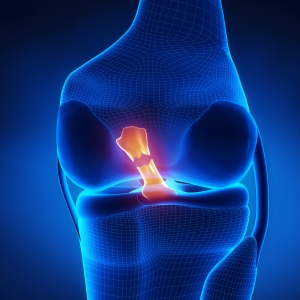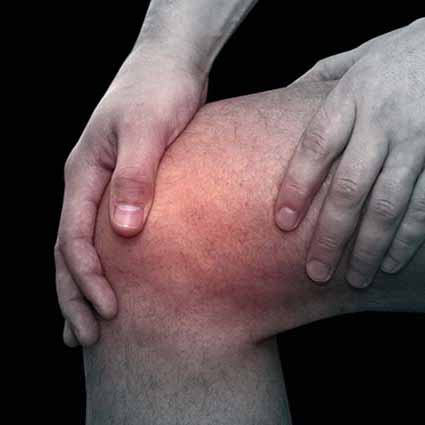Ankle sprains are very common soft tissue injuries, and can happen to anyone. An unnatural movement of the ankle, such as twisting, rolling over on the side, and an awkward turn, can overstretch or tear the ligaments, leading to different degrees of ankle injuries. Depending on the extent of damages or the number of torn ligaments, sprained ankles are classified into grade one to three, each with different methods of management.
Classification of ankle sprains
Grade 1: minimal damage to the ligaments
Grade 2: some tearing of the ligaments
Grade 3: ligament completely torn, causing instability when moving
Common causes of ankle sprains
Ankle sprains are the result of a sudden outstretch of ligaments, which occurs when the foot is turned inwards in the following conditions:
- Awkward placement of the foot when walking or running
- Stepping on uneven surfaces, for example, a hole in the ground
- Failing to land steadily on a jump, with ankles in a turned-in position
Signs and symptoms
Soft tissues which have been stretched or torn, leading to inflammation. If the ankle is being twisted inwards, the ligaments at the outer side of the ankle joint (Anterior talofibular ligament) are most likely injured. Signs and symptoms include:
- Swelling
- Redness and warmth in the ankle
- Pain on resting, made worse when bearing weight
- Limitation in range of motion of the ankle
- Difficulty in walking due to the above conditions
Diagnosis
For minor ankle sprains, symptoms will gradually subside by themselves, so special tests are usually not required. But for cases with prolonged symptoms or increasing pain, a doctor may recommend an X-ray to check for structural damage, such as hairline fracture, or cracks in the bone. Sometimes, the doctor may also prescribe an MRI to determine the severity of soft tissue damage.
Treatments options
Acute ankle sprains can be managed with the “P.R.I.C.E.” approach:
- Protection: for severe ankle sprains, a cast or splint may be used to immobilize the injured part, and to provide weightbearing relief on the injured ankle. Walking aids may also be prescribed..
- Rest: avoid activities that can cause more pain, swelling or discomfort
- Ice: cold helps reduce pain, swelling and inflammation
- Compression: wrap the injured ankle with an elastic bandage to control swelling
- Elevation: raise the leg to use gravity to reduce swelling by draining excess fluid
Physiotherapy and medication
Physiotherapy treatments such as ultrasound, interferential therapy (treatment making use of medium-frequency current) and acupuncture can help relieve pain and inflammation of the soft tissues, and speed up the tissue recovery. Pain and swelling can also be managed with anti-inflammatory medications.
After recovering from the acute phase, a physiotherapist can help restore the normal range of motion of the ankle by passive joint movement and through teaching appropriate exercises. These exercises will involve stretching the tight tissues and improving muscle strength, joint senses and balance.
On to return to sporting activities, a physiotherapist can give advice on the merits of using ankle support or strapping for external support.
Prognosis
Most ankle sprains selfheal without complications or difficulty. Good recovery can usually be obtained and normal activities can be resumed. Surgery is seldom needed unless there are recurrent ankle sprains, that lead to joint instability. Surgeons may recommend a reconstruction on the torn ligaments under such circumstances.
Call us now at 2537 7407 to arrange an appointment with our medical professionals, or simply click the below link to book online:
Articles on this website are informative only and not intended to be a substitute for professional medical advice, diagnosis or treatment. They should not be relied upon for specific medical advice.

Information provided by:
Physiotherapy Department, Matilda International Hospital










